- Have any questions?
- 804-220-1300
- info@richmondstairlifts.com
Harmar Highlander RPL600 Residential Vertical Platform Lift

Harmar CSL500 Helix Curved Stair Lift
February 28, 2020
Harmar Highlander RPL400 Residential Vertical Platform Lift
February 28, 2020Harmar Highlander RPL600 Residential Vertical Platform Lift
Harmar’s Highlander RPL600 Residential Vertical Platform Lift, also known as Porch Lifts, is a great lift option for indoor and outdoor access. Whether you’re having a fun summer barbeque, a simple get together on a deck, or gaining access into a home, a RPL600 Residential Vertical Platform Lift offers you full access to your home and yard without the burden of transferring out of your power chair, scooter or wheelchair.
TODAYS SPECIAL:
$99.00 INSTALLATION!
Use Code “2021”
Purchase Yours TODAY!
The RPL600 Residential Vertical Platform Lift offers a compact footprint which improves access to raised entries, porches or short decks. The Highlander RPL600 features a top-mounted motor and electrical box to simplify servicing and protect from standing water. It’s ideal for low-rise residential accessibility up to 77”, with basic configurations and accessories available with a lower overall price point.
The Highlander RPL600 Residential Vertical Platform Lift is designed with a compact footprint with a 600 lb capacity to lift a wheelchair or scooter up to 53” and 77”. This economical mini elevator-like lift allows you to drive on to and roll off of the platform without transferring out of the wheelchair or scooter. It can accommodate your packages, groceries, or even another person whom may be with you. The RPL600’s compact footprint improves access to homes for elevations with raised entries, porches or short decks saving space versus long, extended ramp systems.
The RPL600 Residential Vertical Platform Lift includes a non-skid surface and auto folding access ramp, plus a safety pan which stops it from lifting when obstructions are encountered.* It’s also installed with an easy to use rocker switch in case a need arises for an emergency stop.
Features and Benefits:
- Automatic, folding access ramp
- Available in AC and DC models
- Solid non-skid 36” x 48” platform for added safety
- Solid 36” high guard panels
- Weather-resistant design for indoor and outdoor use
- Constant pressure, rocker switch controls with emergency stop button
- Sensitive safety pan on bottom of platform stops the lift if it meets an obstruction
- Small footprint fits renovations more easily
- Financing Available
- LIFETIME WARRANTY ON EVERYTHING
Options:
- Top landing electromechanical interlock gate releases only at upper landing
- 220 VAC power supply
- Wireless control
- 24 VDC battery powered unit
- Key switch
- 36” x 54” Platform
- 90º Exit
Specifications
| Maximum Weight Capaci: | 600 lbs |
| Lifting Height: | 77” |
| Drive System: | Belt driven Acme screw / 90 VDC ½ hp motor |
| Power Supply: | 115 VAC – 20 amp grounded circuit |
| Control Circuit: | 24 VAC (Low Voltage Controls) |
| Standard Platform: | 36” x 48” (91 cm x 122 cm) with 36” (91 cm) high guard panels & automatic folding ramp |
| Standard Footprint: | 50” x 70” (127 cm x 177.8 cm) |
| Speed: | 10 fpm (3 mpm) |
| Controls: | Rocker switch with emergency stop |
| Manual Lowering: | Standard, provided |
| Standards: | ETL Listed 3148125 CSA B44.1 |
| Standards: | ASME A17.5 – Elevator & Escalator Equipmen |
| Safety Design: | ASME A18.1, Section 5 – Private Residence Vertical Platform Lifts |
| Safety Feature: | Safety pan |
| Safety Feature: | Acme safety nut with monitor |
| Safety Feature: | Non-skid surface |
| Safety Feature: | Final limit |
Getting Funding and Financing Assistance For Mobility Equipment:
Did you know that you may be eligible for financial assistance to fund your mobility aids and/or home modifications? Some programs may cover mobility aids but not home modifications, and vice versa, so it is important to know which category your product is under:
Mobility Aids
- Walker
- Rollator
- Power wheelchair
- Mobility scooter
- Lift chair
Home Modification
- Stair lift
- Wheelchair lift
- Roll-in showers
Mobility Equipment
Various programs are available nationally and in each individual state to provide financial assistance for mobility and other medical devices.
Medicare—Mobility equipment and some general home equipment are covered by Medicare part B (durable medical equipment). If eligible, Medicare will reimburse you 80% of the cost or the allowable amount (the maximum price for each product assigned by Medicare) of the item, whichever is less. You are responsible for the remaining 20%. Please note that for lift chairs, only the seat-lift mechanism is covered. To be eligible, a doctor will have to assess your situation and write a prescription for the medical equipment you need. The medical equipment must be deemed necessary for you to complete daily activities and when less costly options are not available. For more information visit Medicare’s website.
Medicaid—Medicaid is a joint federal- and state-funded insurance program for low-income, disabled people and seniors. Medical care and support services are almost fully covered for eligible individuals. The requirements to qualify for Medicaid differ from state to state but in general, financial (income and assets) and medical (ability to perform activities of daily living) considerations are evaluated. Depending on the state, different waivers—programs to help people remain in or transfer into a community rather than in a nursing home, institution or hospital—are available. To obtain more information by state visit Medicaid’s website.
Department of Veterans’ Affairs—The Department of Veterans’ Affairs offers many different funding programs and financial assistance for veterans:
- TRICARE—Provides funding for the 20% co-pay amount not covered by Medicare for durable medical equipment. Elderly, retired veterans and their families are eligible but there may be enrolment fees for retired military personnel and their families. There are three different levels of coverage available: prime, extra and standard. TRICARE extra and standard require a deductible to be paid annually. For more information on funding visit TRICARE’s website.
- CHAMPVA for Life (CFL)—Provides funding for the 20% co-pay amount not covered by Medicare for durable medical equipment. Family members of veterans who are disabled or killed in the line of duty, are over 65 years old and not eligible for TRICARE may use this program. To learn more visit CHAMPVA’s website.
- Veterans Directed Home and Community Based Services (VD-HCBS)—Qualified veterans are provided with a certain amount of money to be spent towards durable medical equipment. Visit the VD-HCBS website for more information.
Tax deductions—Medical expenses for individuals or dependents that exceed 10% (7.5% for those over 65 years of age) of their annual income can be deducted from their taxable income when filing taxes. There are some expenses that are ineligible, such as medical expenses reimbursed by Medicare, health insurance, etc. To learn more about medical expenses visit the IRS website.
Installation of stair lifts, wheelchair lifts and roll-in showers are considered home modifications because permanent changes are made to the home to facilitate the elderly or disabled person living there. Home modifications are not covered under Medicare or Medicaid. Funding/financial assistance programs for seniors and people who are disabled are available nationally and by state for necessary home modifications.
Medicaid waivers—Many states have programs (waivers) designed to encourage seniors on Medicaid to move out of nursing homes and move in with their family members or into the community. Money Follows the Person (MFP) is one of them, but it may differ slightly from state to state. In general, waivers are available to people who need home modifications to assist with daily living as they transition out of a nursing homes they have been staying in for more than 90 days. Visit the Medicaid website for waivers available in your state.
Department of Veterans’ Affairs—There are multiple programs offered by the Department of Veterans’ Affairs for elderly or disabled veterans. Some available grants are Specially Adapted Housing (SAH), Special Home Adaptation (SHA) and Home Improvement and Structural Alteration (HISA). HISA is the only grant that does not require a service-related disability to be eligible.
- For more information on SAH and SHA grants visit the U.S Department of Veterans Affairs.
- For more information on HISA grants visit the U.S. Department of Veterans Affairs.
Tax deductions—Home modification expenses for individuals or dependants that exceed 10% (7.5% of those over the age of 65) of their annual income can be deducted from their taxable income when filing taxes. There are some expenses that are ineligible, such as home modification expenses reimbursed by Medicaid waivers, health insurance, etc. For more information visit the IRS website.
Non-profit and other organizations—There are many non-profit and other organizations that offer assistance for seniors and disabled people both nationally and locally.
Local providers of medical equipment such as stair lifts, wheelchair lifts and power wheelchairs routinely deal with Medicare, Medicaid and other national or local organizations that offer funding. They are familiar with various eligibility and application processes.
Call your health insurance provider. Some policies are written to include medical equipment such as stair lifts. Ask about a rider, or additional coverage if your policy doesn’t include stair lifts.
Call the Area Agency on Aging. Most communities with medium to large populations have one of these agencies. The AAA may have programs or grants you can apply for to help fund the installation of a stair lift.
Look up federal programs for home renovations. Contact the Federal Housing Administration (FHA), which has programs under Title 1 and Section 203(k) to help with home modification. This information can be found through the Housing and Urban Development (HUD) office.
Check also with the Department of Housing and Community Development about block grants, which exist to help maintain and upgrade homes.
Contact the Rural Housing Services about its grants and loan programs under the USDA (Department of Agriculture). This agency’s 502 Home Ownership Loans cover rehabilitation, repair and improving rural homes for low-income elderly people.
Look into state programs for the disabled. There are State Assistance Technology Programs that can be used for people with disabilities and their families. These state agencies also have grants and loans available.
Ask at your local bank or credit union about home repair or improvement loans. Installing a stair lift can qualify for a small loan.
Seniors over 62 years of age may also consider a reverse mortgage to help pay for renovations involved with disabilities.
Disabled Veterans should speak with their local VA Hospital physician to see if they qualify.
We are here to help you better understand your available options. We can assist you with questions about financing, installation, warranties, and understanding the differences between the models and options offered. Our goal is to help you make the BEST decision for you and your loved ones while saving you money.
You must be logged in to post a review.


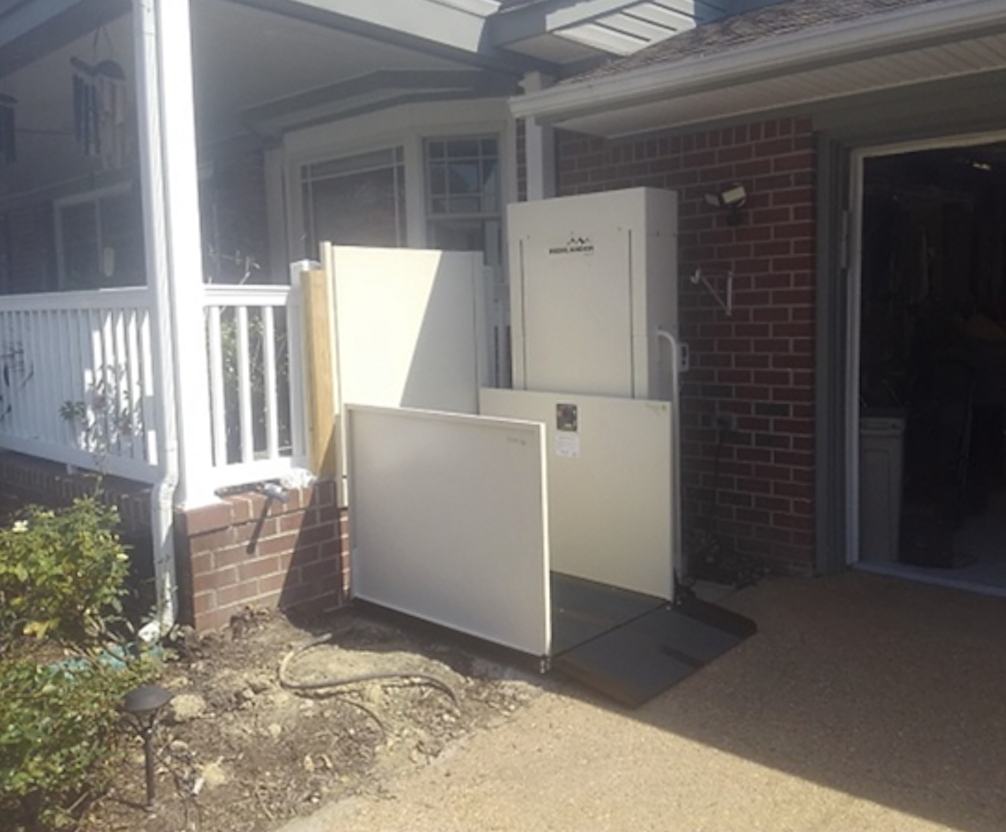


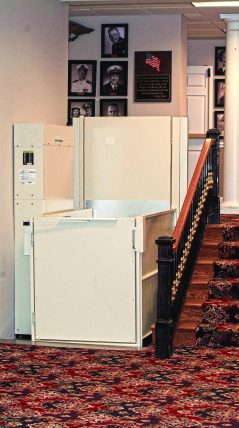

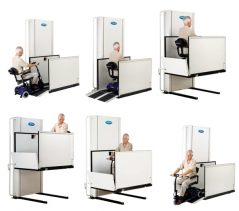
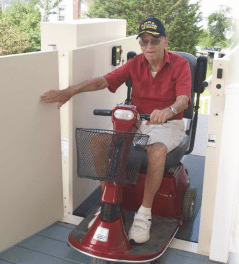


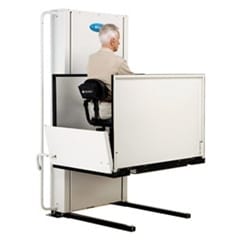
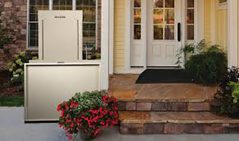
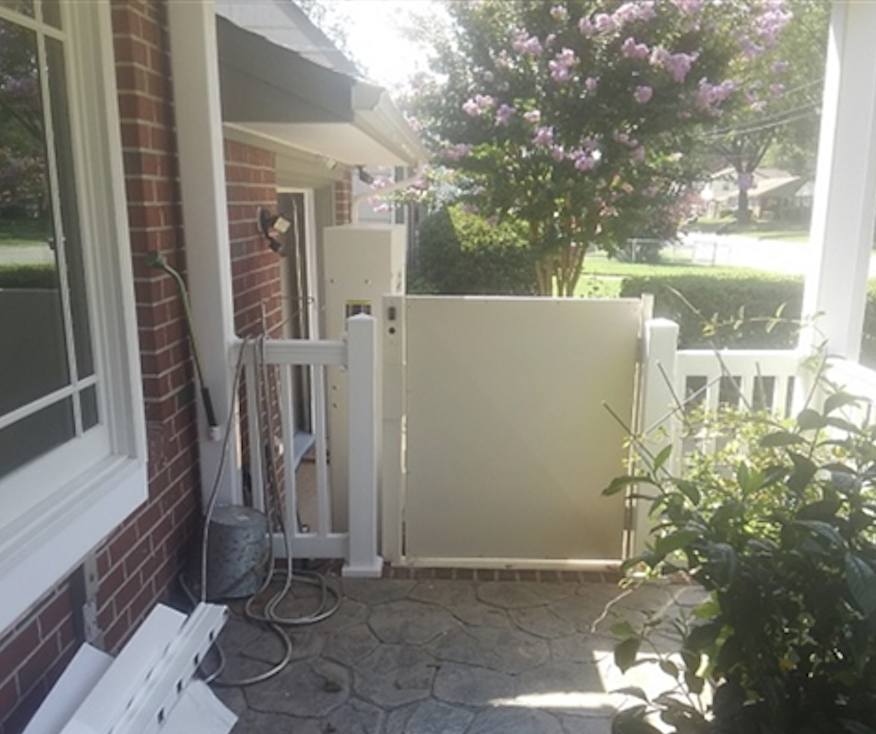
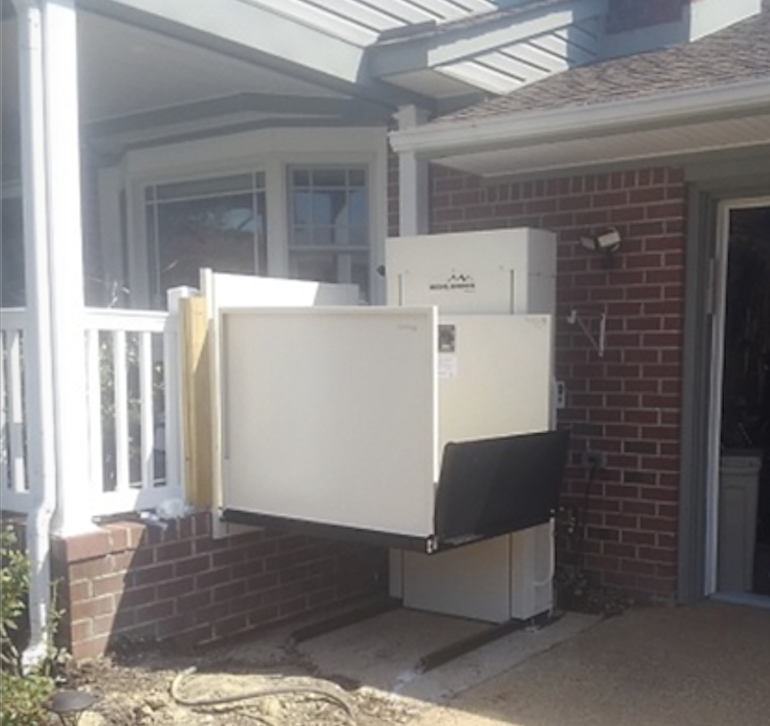
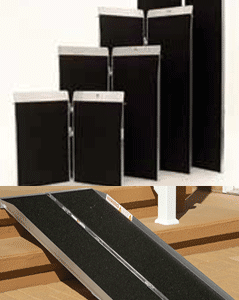
Reviews
There are no reviews yet.